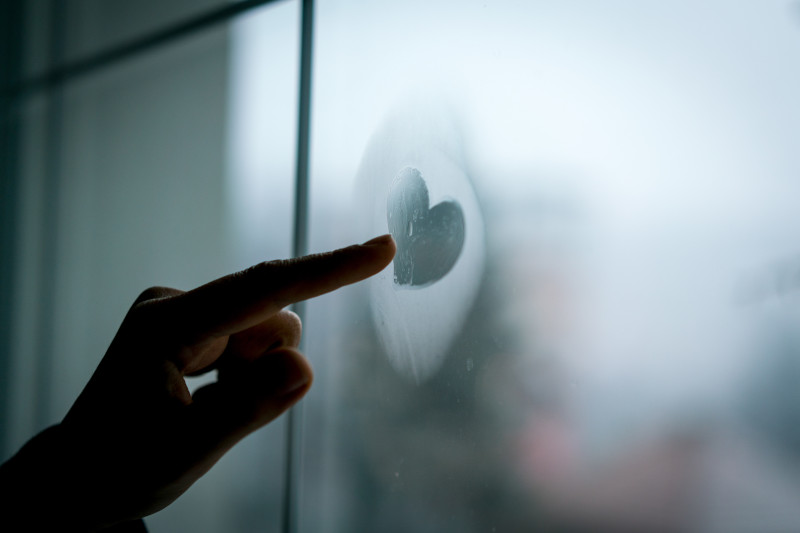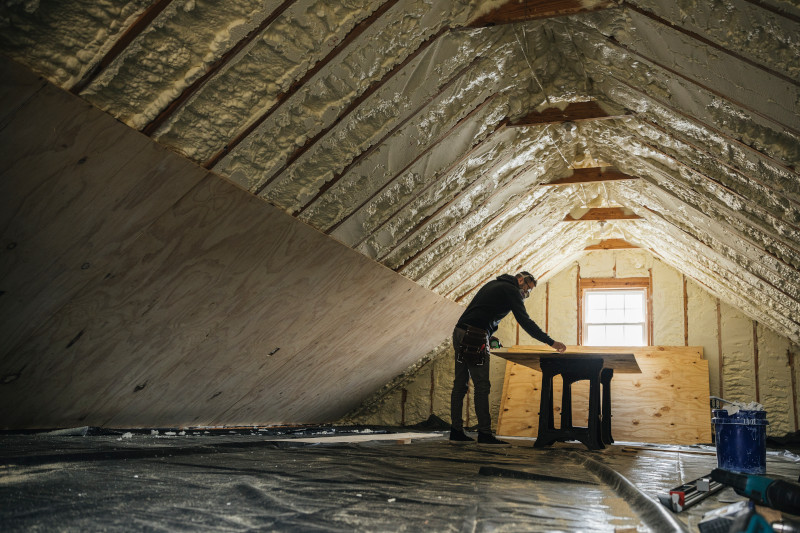AARP Hearing Center
In Texas, the coldest temperatures usually arrive in January. In advance, take time to inspect and make improvements to your home to ensure that it will keep you warm and safe when a winter storm arrives. Authorities at the Federal Emergency Management Agency and the Centers for Disease Control, and other experts, recommend you do these nine basic things to make sure your home is winter-ready.
1. Check your furnace.
Checking your furnace annually ensures you have heat when you need it. A furnace inspection could cost about $100, but a tune-up generally costs double that. If your budget is tight, get a heating and cooling inspection every other year, but change the filter every 3 months or as it gets dirty. To find a local specialist, look for a certified technician though the Air Conditioning Contractors of America or North American Technician Excellence.
2. Check windows and doors for drafts.

If you see gaps around exterior windows or door frames that are bigger than the width of a nickel, reapply caulk and install new weatherstripping. Also, check to make sure that your storm windows are secure.
3. Get your chimney swept.
Check and clean chimneys at the beginning of winter to ensure soot hasn’t accumulated blocking the flue, and that brick-and-mortar joints are not leaking water or fumes. DIYers should make sure to use a non-combustible sealant. Or you can find a local chimney sweep through the Chimney Safety Institute of America.
4. Remove limbs close to power lines and your home.
Trim branches that overhang your roof or are getting close to power lines. These can be a hazard and can cause an outage or power interruption if a branch touches the lines. If a branch is touching or extremely close to an electrical line, it's best to call your electricity provider and ask them to cut it. Never climb or cut a tree that’s touching an electrical wire!
5. Winterize your hoses and outdoor faucets.
Water left in garden hoses and outdoor faucets can freeze, causing them to burst. Disconnect, drain, and properly store water hoses. Also, drain your outside faucet completely, and wrap with an outdoor faucet cover. You can pick up an outside faucet cover for a few dollars at your local home improvement store and some grocery stores.
6. Inspect and insulate your attic.

Inspect your attic, looking for light coming in (a sign of holes or cracks that need caulking) or moisture buildup (a sign of inadequate sealing). Also, make sure the attic hatch is insulated, weather-stripped, and closes tightly. This can be a DIY project, or you can hire a professional to complete a home energy assessment. Having adequate amounts of insulation in your attic will save you money in the long run and will keep your home’s heat out of the attic and in living quarters. To determine the amount of insulation recommended for your home, check out Energy Star’s recommended levels of insulation for different climates and locations in the home.
7. Reverse ceiling fans.
After turning on the heat, reverse the direction of your ceiling fan (the switch is on the ceiling fan), so the blades turn clockwise. This creates an updraft, pushing warm air down from the ceiling. This is especially helpful for rooms with high ceilings. Doing this may allow you to lower your thermostat, saving you money.
8. Check your smoke and carbon monoxide detectors.
Make sure the batteries in your smoke and carbon monoxide detectors work properly. Do it yourself or hire a handyman. If you live in a retirement community, the staff can help. Carbon monoxide is a colorless, odorless gas that is difficult to detect.

9. Revisit your emergency kits for your home and car.
Check the contents of your emergency kit to make sure items haven’t expired and update your kit as your needs change.































































